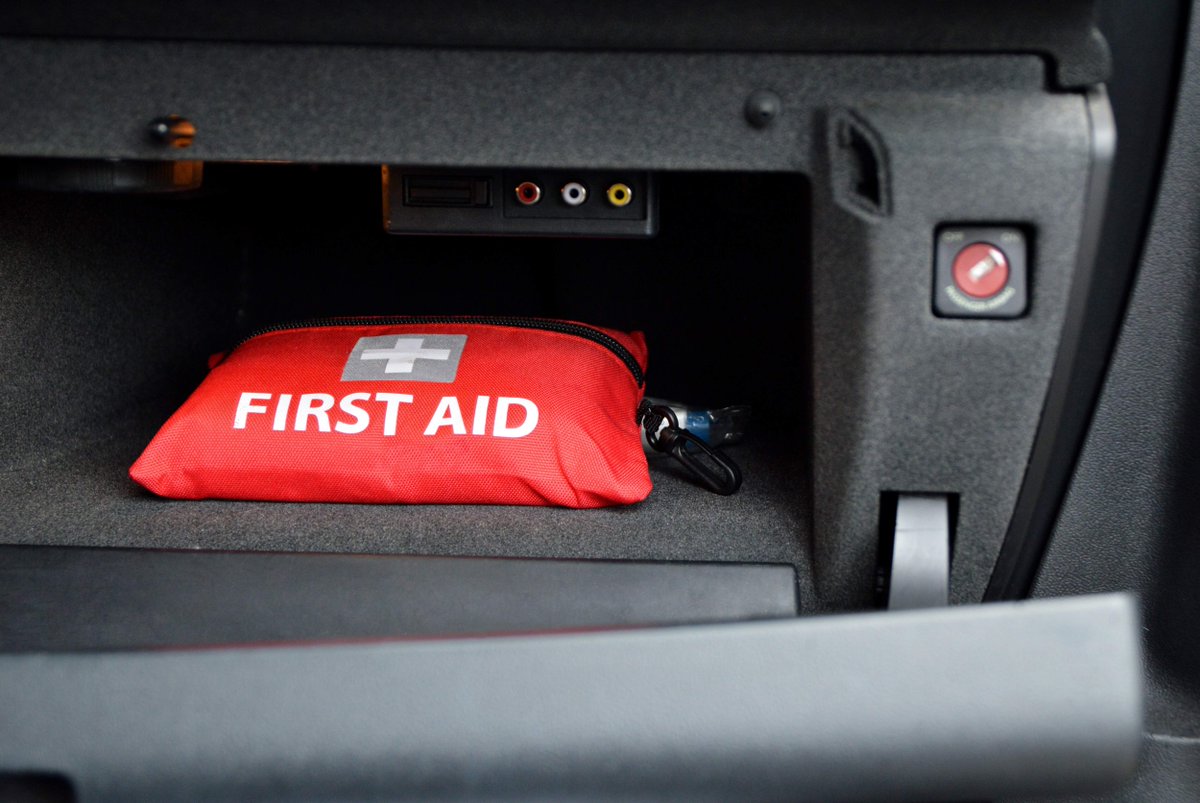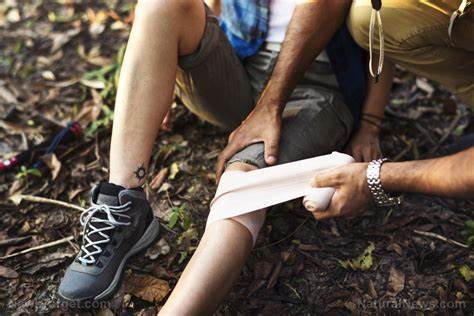When an emergency strikes, your car can be your most critical asset. Whether facing a wildfire, flood, hurricane, or any other event that requires an emergency evacuation, being prepared can make all the difference. Having your vehicle ready to go at a moment’s notice eliminates panic and ensures you can get to safety quickly and efficiently.
This guide provides a clear, step-by-step process to prepare your car for an evacuation. It’s not just about tossing a few water bottles in the back; it’s about creating a reliable and well-stocked lifeline. I’ve learned over the years that preparation is peace of mind. Taking these steps today means you won’t be scrambling when every second counts.
Step 1: Prioritize Vehicle Maintenance and Readiness
Before you even think about supplies, you must ensure your car is reliable. An emergency is the worst possible time for a breakdown.
Keep Your Gas Tank Half-Full (The “Half-Tank Rule”): This is the golden rule of vehicle readiness. Gas stations can be closed, out of fuel, or have massive lines during an emergency. Maintaining at least a half-tank of gas ensures you have enough fuel to get out of the immediate danger zone without delay.
Perform Regular Maintenance Checks:
- Tires: Check your tire pressure regularly and ensure they have adequate tread. Don’t forget to check the spare tire. A flat tire can halt your evacuation.
- Fluids: Keep your oil, coolant, and windshield washer fluid at the proper levels.
- Battery: Look for corrosion on the terminals. If your battery is more than three years old, have it tested to ensure it holds a charge.
- Brakes and Lights: Ensure your brakes are responsive and that all your lights (headlights, brake lights, turn signals) are working.
A well-maintained car is a dependable car. Don’t put off these basic checks.
Step 2: Assemble Your Vehicle Emergency Kit (Go-Bag)
Your vehicle emergency kit, or “go-bag,” should be stored in your trunk. It’s best to use a duffel bag or a sturdy plastic container to keep everything organized and accessible.
Water and Non-Perishable Food
- Water: Keep one gallon of water per person, per day. Sturdy, sealed water pouches or bottles are ideal as they can withstand temperature changes in your car better than standard plastic jugs.
- Food: Pack high-energy, non-perishable foods that require no cooking. Think protein bars, granola, dried fruit, nuts, and jerky. Remember to check expiration dates every six months and replace items as needed.
Safety, First Aid, and Sanitation
- First-Aid Kit: A well-stocked kit is essential. It should include bandages, antiseptic wipes, pain relievers, gauze, adhesive tape, and any personal medications (keep a rotating 7-day supply).
- Fire Extinguisher: Get a small ABC-rated fire extinguisher designed for automotive use.
Light and Communication:
- Flashlight: A powerful LED flashlight is a must. A hand-crank flashlight is even better as it doesn’t rely on batteries.
- Radio: A hand-crank or battery-powered AM/FM radio will allow you to receive emergency broadcasts.
- Whistle: A whistle can be used to signal for help.
- Sanitation Supplies: Pack toilet paper, paper towels, wet wipes, garbage bags, and hand sanitizer.
Automotive and Navigation Tools
- Jumper Cables: Don’t assume another driver will have them.
- Tire Sealant/Puncture Repair Kit: A can of “fix-a-flat” or a full repair kit can be a lifesaver.
- Basic Tool Kit: Include a wrench, screwdrivers, and pliers.
- Navigation: Your phone’s GPS may not work if cell towers are down. Keep physical maps of your local area and surrounding regions. Mark potential evacuation routes on them in advance.
- Phone Chargers and Power Bank: Have a car charger and a fully charged power bank.
Step 3: Organize Important Documents and Cash
In an evacuation, you may not have time to search for vital paperwork. Keep copies in your car.
How to do it: Place copies of your driver’s license, passport, birth certificates, social security cards, and vehicle registration and insurance in a waterproof and fireproof bag.
Digital Copies: Also, consider saving encrypted digital copies on a password-protected USB flash drive.
Keep Cash on Hand: Power outages can render credit and debit cards useless. Keep a small amount of cash, including small bills, in your emergency kit.
Step 4: Plan and Practice Your Evacuation
Having the gear is only half the battle. You need a plan.
Know Your Routes: Identify at least two different evacuation routes from your home, workplace, and your children’s school. Traffic will be heavy on main roads, so having alternate routes is crucial.
Designate a Meeting Place: If your family gets separated, establish a clear and easily identifiable meeting place—one nearby and one further out of town. Make sure everyone in your family knows the locations.
Don’t Overpack: While it’s tempting to take everything, a heavy car is less fuel-efficient and harder to handle. Prioritize your emergency kit, important documents, and essential personal items. Your primary goal is to evacuate safely.
Preparing your car for an emergency evacuation is a proactive step that gives you control in a chaotic situation. Take an afternoon this weekend to go through these steps. Check your vehicle’s maintenance and build your emergency kit. The peace of mind you’ll gain is invaluable.






